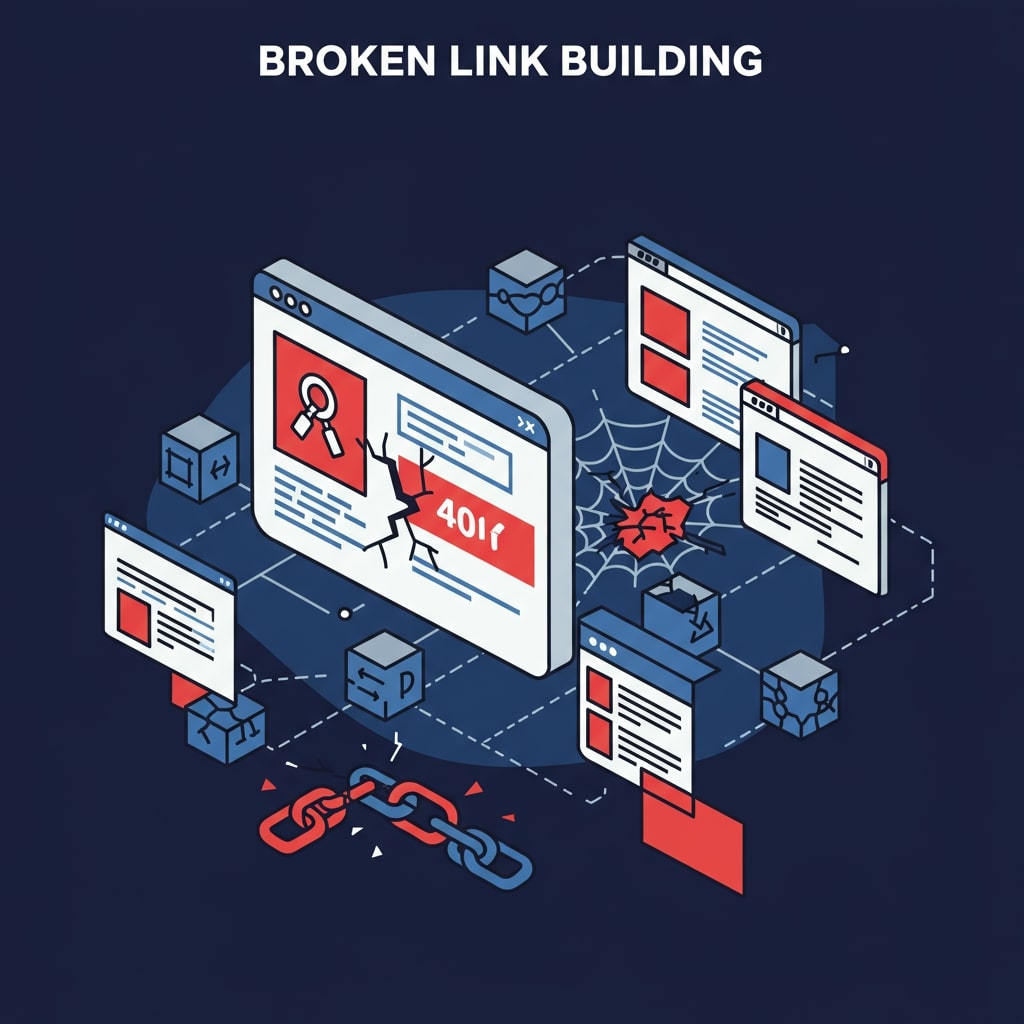
Link building remains one of the most critical components of any comprehensive SEO strategy. By earning high-quality backlinks from authoritative websites, you signal to search engines that your content is trustworthy and valuable. In this ultimate guide, we’ll explore ten proven link-building strategies that will help you boost your domain authority, attract more organic traffic, and climb the search engine results pages (SERPs). Whether you’re a beginner or looking to refine your approach, these tactics will set you on the path to sustainable SEO success.
1. Create High-Quality, Link-Worthy Content
The foundation of any great link-building campaign is exceptional content. Before you reach out to prospects, ensure your website offers valuable resources that others want to reference and share. This can include in-depth guides, comprehensive research studies, infographics, interactive tools, and original data. High-quality content naturally attracts backlinks because it provides genuine value to readers. When you publish authoritative articles or reports, industry blogs and news sites are more inclined to link back as a credible source.
2. Guest Posting on Authority Websites

Guest blogging remains a time-tested way to earn authoritative backlinks and expand your audience. Identify reputable sites in your niche that accept guest contributions. Craft insightful, non-promotional articles tailored to their readers, and include a contextual backlink to a relevant resource on your site. To maximize results, focus on quality over quantity: secure placements on sites with strong domain authority and engaged readership. Over time, consistent guest posting builds brand visibility, drives referral traffic, and enhances your backlink profile.
3. Leverage Broken Link Building

Broken link building involves finding dead or broken outbound links on high-authority sites and suggesting your own content as a replacement. Start by using tools like Ahrefs or Check My Links to crawl target pages and identify 404 errors. Then reach out to the site owner or webmaster with a polite email, pointing out the broken link and offering your relevant article as an alternative. This strategy benefits both parties: you earn a high-quality backlink, and they fix a bad link on their site.
4. Conduct Original Research and Reports
Publishing exclusive research or data-driven reports can position your brand as an industry leader. Survey your audience, analyze trends, and compile findings into a well-designed report or whitepaper. Promote your research through press releases, social media, and email outreach. Journalists, bloggers, and analysts often cite original data in their own articles, creating natural backlink opportunities. The key is to present actionable insights and visually appealing charts or infographics that make your research easy to reference.
5. Utilize Skyscraper Technique
The Skyscraper Technique, popularized by Brian Dean, is a three-step process: find high-performing content in your niche, create a superior version, and reach out to those linking to the original. Start by identifying popular articles or listicles with plenty of backlinks. Then produce an even more comprehensive, up-to-date, and engaging piece. Finally, email the sites linking to the old article, presenting your enhanced version as a better resource. This technique leverages existing interest and positions you to capture valuable backlinks.
6. Build Relationships Through Digital PR
Digital PR focuses on promoting newsworthy stories to journalists, bloggers, and influencers to secure high-authority media coverage and backlinks. Develop compelling story angles—such as data insights, expert interviews, or unique case studies—and distribute them via press release services or personalized outreach. Cultivate long-term relationships with industry reporters and editors by providing exclusive scoops and timely information. Successful digital PR campaigns can result in backlinks from major publications, amplifying your brand’s visibility and credibility.
7. Participate in Industry Roundups and Expert Panels
Many blogs and news sites publish monthly or quarterly roundups featuring expert opinions. By contributing thoughtful insights to these pieces, you can earn a backlink and increase your authority. Sign up for platforms like HARO (Help A Reporter Out) or SourceBottle to receive daily requests from journalists. Monitor relevant queries and respond promptly with unique perspectives. Being featured alongside other industry experts not only boosts your backlink profile but also builds your personal or brand reputation.
8. Repurpose and Syndicate Content
Repurposing involves transforming existing content into new formats—such as turning a blog post into a video, podcast episode, infographic, or SlideShare deck. Syndicate your content on platforms like Medium, LinkedIn Pulse, or industry forums, while ensuring you include canonical tags or clear attribution back to your original article. This practice extends your reach, attracts new audiences, and generates additional backlinks from platforms where your content resonates.
9. Leverage Local Directories and Resource Pages
For businesses targeting a specific region or industry, local directories and niche resource pages can provide valuable backlinks. Identify reputable local chambers of commerce, industry associations, or community directories in your area. Submit your website details, ensuring you meet any listing guidelines. Additionally, search for “resource pages” or “useful links” in your niche and pitch your content as a helpful addition. While these links may carry less SEO weight than major publications, they enhance local relevance and referral traffic.
10. Monitor Brand Mentions and Convert to Backlinks
Your brand may already be mentioned across the web without an accompanying link. Use monitoring tools like Mention, Google Alerts, or Brand24 to track unlinked mentions of your brand or products. Reach out to the site owners with a friendly request to add a hyperlink to your site. Converting existing brand mentions into backlinks is a low-effort, high-reward tactic that reinforces your backlink profile and ensures proper attribution.
Measuring and Tracking Your Link Building Efforts
Effective link building requires continuous monitoring to ensure you’re making progress and allocating resources wisely. Key metrics to track include:
- Number of referring domains and backlinks
- Domain Authority (DA) or Domain Rating (DR)
- Organic traffic growth and keyword rankings
- Referral traffic from acquired links
- Link quality indicators (relevance, anchor text diversity)
Tools like Ahrefs, SEMrush, and Moz can automate data collection and provide insights into your backlink profile. Regular audits help you identify broken links, toxic backlinks, and new opportunities for outreach.
Conclusion
Link building is both an art and a science, requiring creativity, persistence, and strategic planning. By implementing these ten proven strategies—ranging from content creation and guest posting to digital PR and broken link building—you’ll cultivate a robust backlink profile that drives sustainable SEO growth. Remember to focus on quality over quantity, nurture relationships with industry peers, and continuously measure your efforts. With dedication and the right tactics, your website will climb the SERPs, attract more organic traffic, and solidify its authority in your niche.
Ready to take your link building to the next level? Start implementing these strategies today and watch your SEO performance soar!
Rather than relying on cold outreach or spammy tactics, Relationship-First Link Building focuses on building genuine connections that lead to natural, high-quality backlinks over time.









Leave a Reply